Most Ridiculously Overpriced Things That People Happily Waste Money On
We’ve all bought something that didn’t really deserve its price tag. Such purchases are often driven by convenience, curiosity, or just plain impulse. Some things are easy to justify, but others are not, no matter how hard you try. Here’s a look at the things we keep paying too much for, even when we know better.
Luxury Baby Clothes

Credit: Getty Images
A baby can’t tell the difference between Target pajamas and Fendi booties, but the parents certainly can. Designer baby clothes cost hundreds, even though infants outgrow them in weeks. Retail analysts say this niche luxury market thrives on parents projecting style onto their kids.
Edible Gold
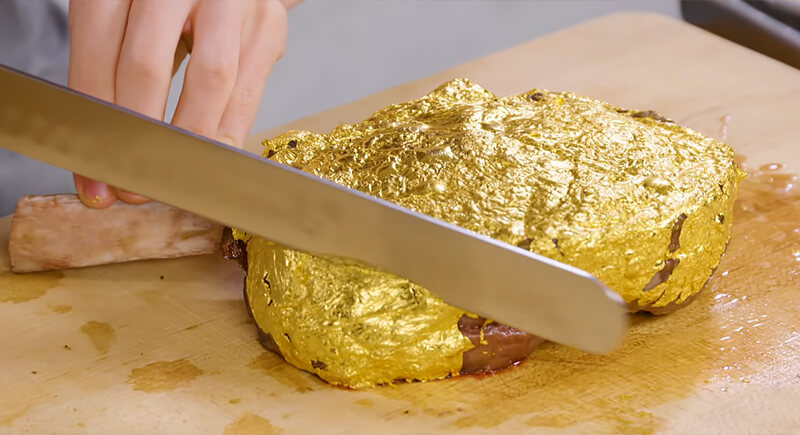
Credit: Youtube
Restaurants mark up dishes by hundreds just to add a metallic sparkle. Edible gold is inert, flavorless, and nutritionally empty. The World Gold Council confirms it’s safe, but beyond safety, it does nothing. People still pay for it because of the presentation.
Concert Tickets
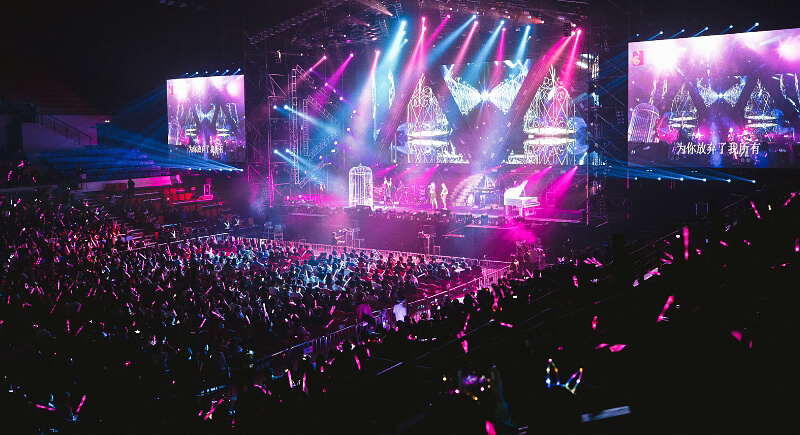
Credit: pexels
Average concert tickets have tripled in cost over the last two decades, with resale sites pushing them even higher. Despite frustration, shows sell out in minutes. Analysts say demand outweighs supply, but the truth is emotional: fans want that once-in-a-lifetime experience.
Printer Ink
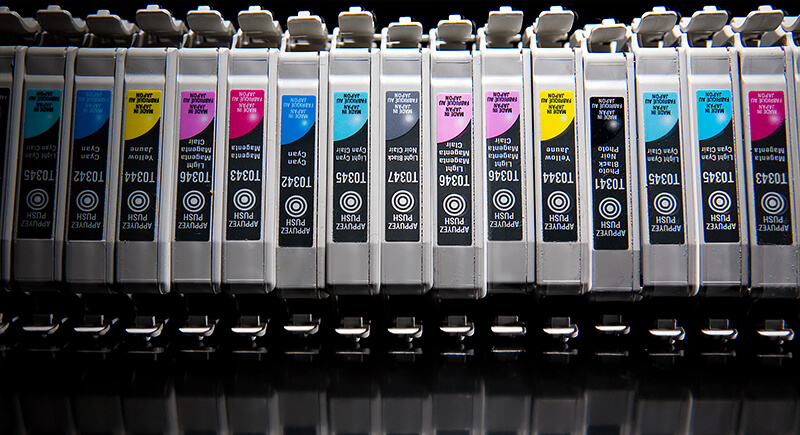
Credit: pexels
Few products inspire the same financial rage as printer cartridges. Per gallon, the liquid is more expensive than fine champagne or gasoline—often over $12,000. Manufacturers rely on the razor-and-blades model, selling printers cheaply and ink at outrageous markups. Alternatives exist, like third-party cartridges, but companies use chips and software blocks to keep buyers locked in. Printing may be rare now, but it remains painfully costly.
Designer Sneakers
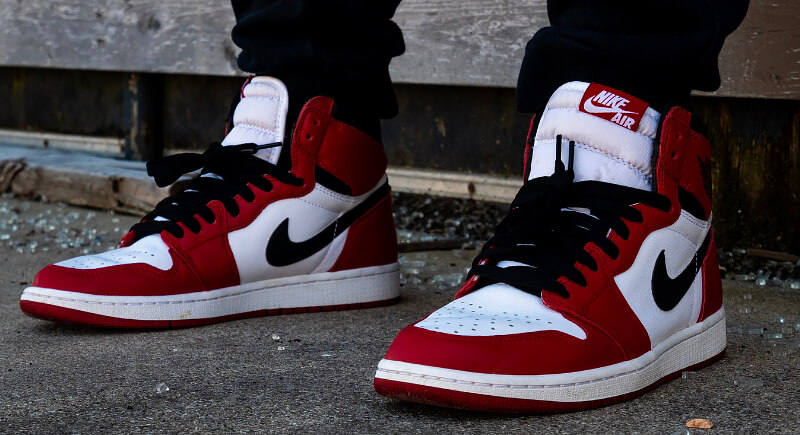
Credit: pexels
They look like regular sneakers, yet they carry a price tag rivaling monthly rent. Luxury brands push shoes at $800 or more, with resale pairs climbing into the thousands. The appeal isn’t comfort, as most are made in the same factories as mid-tier shoes. Instead, sneakers are cultural icons tied to identity and status.
University Tuition

Credit: Getty Images
College in the U.S. is one of the most dramatic examples of price inflation. Since the 1980s, tuition has risen more than 400%, far outpacing wages. Much of the increase comes from administrative costs rather than teaching. Students graduate with debt averaging over $30,000. Despite this, enrollment remains high because education is still marketed as the essential pathway to success.
Natural Diamonds
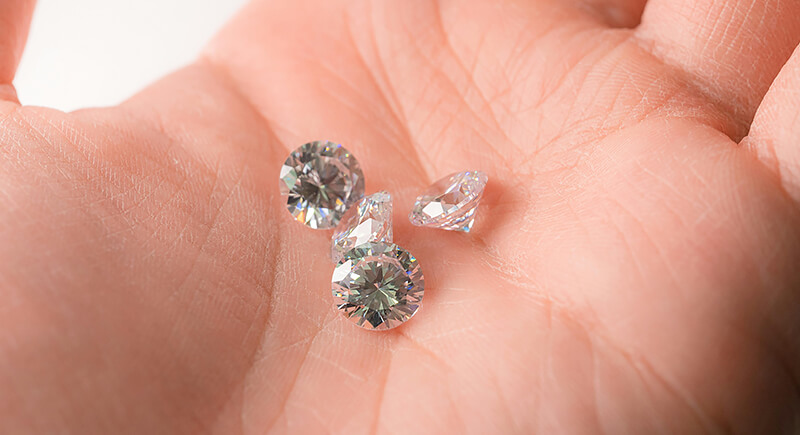
Credit: pexels
For decades, diamonds have been sold as rare, precious, and essential for engagements. In reality, the industry carefully controls supply to keep prices high. Lab-grown diamonds now match natural ones in clarity and beauty at a fraction of the cost, but many still pay more for the “authentic” version.
Bottle Service
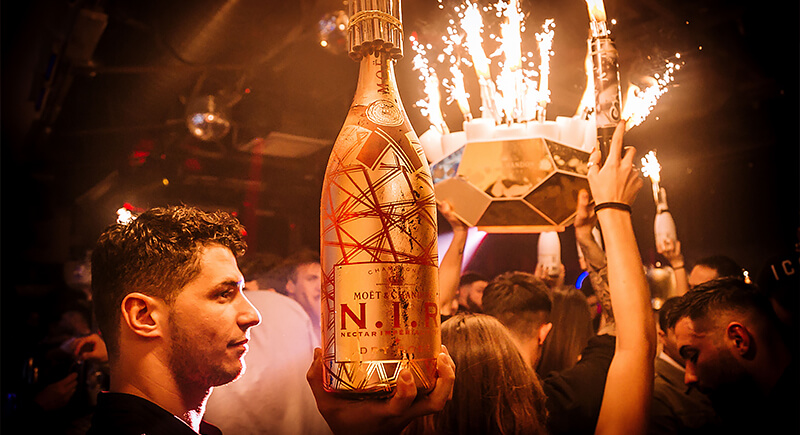
Credit: Wikimedia Commons
A $40 bottle of vodka turns into a $400 performance once it hits a nightclub table. The price isn’t for the drink—it’s for the show. Sparklers, velvet ropes, and a reserved corner make ordinary liquor feel like a status symbol. It’s not about taste, it’s about being seen.
Wedding Markups

Credit: pexels
Why does a cake cost $40 in one context and $300 in another? Add the word “wedding.” Vendors raise prices dramatically when they know couples are preparing for their big day. Venues, florists, and even makeup artists follow the same pattern. The “wedding tax” persists because couples are unlikely to cut corners on a once-in-a-lifetime event.
Lifted Trucks
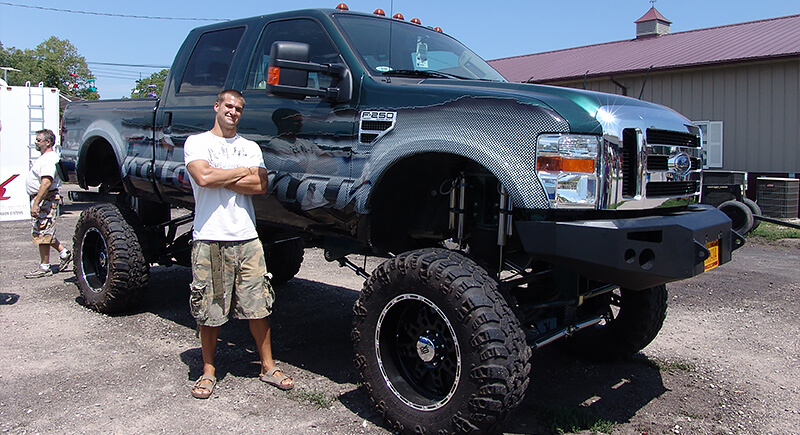
Credit: Wikimedia Commons
They sit high above traffic, spotless and loud about it. Many cost six figures yet never touch dirt. Oversized tires and raised suspensions promise adventure, but mostly see parking lots and freeways. The fuel bills are brutal, but that’s beside the point; the height and noise are part of the image people are really buying.
Stadium Cocktails
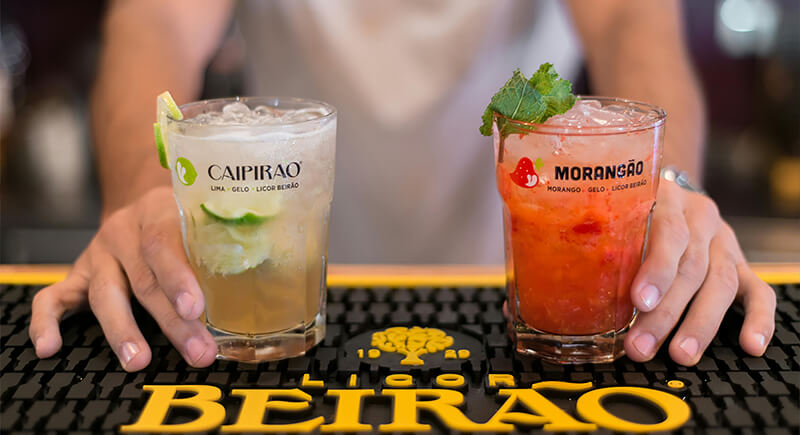
Credit: pexels
An $18 drink at a ballgame isn’t about taste. It’s about location and timing. Once fans are inside, they’re a captive market with no alternatives. Economists call it inelastic demand, where people pay because they have to. The same mix costs a third outside, but inside, convenience and the moment win every time.
Video Game Skins
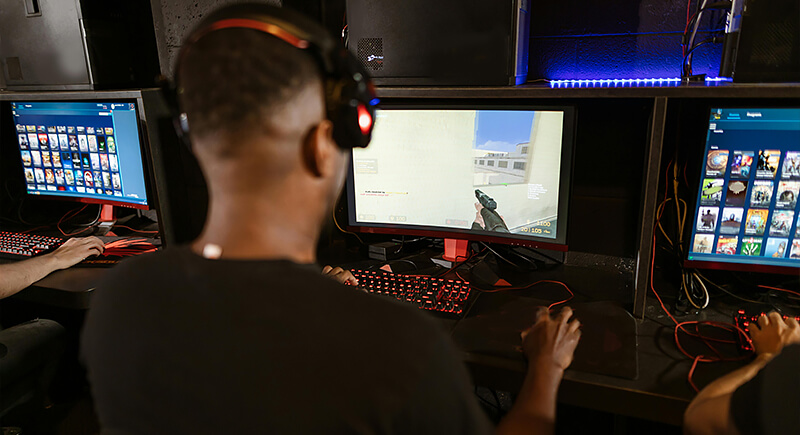
Credit: pexels
They don’t boost skill, but they change how players feel. In games like Fortnite and CS: GO, skins are visual upgrades that signal style and status. Some become collectibles worth real money. It’s digital fashion for people who care how they look, even in pixels.
Bottled Water

Credit: pexels
It’s water, but wrapped in a label and a sense of safety. A bottle can cost thousands of times more than what comes from the tap, even though the quality is often the same. People buy it for convenience and image, not purity. The waste piles up, but the habit sticks.
Aesop Hand Soap
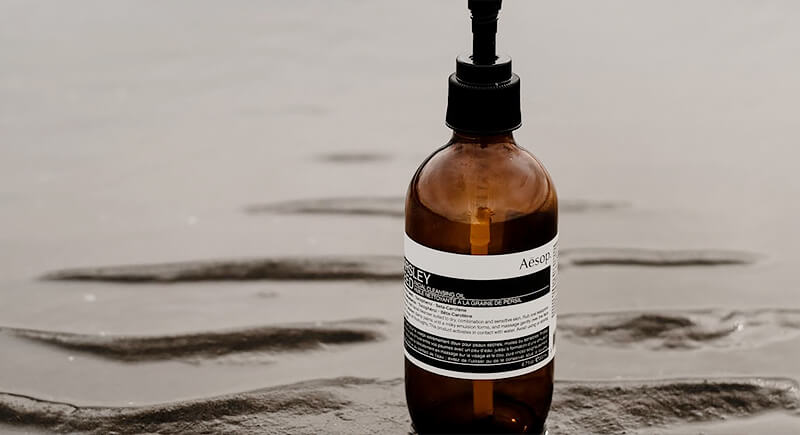
Credit: pexels
Aesop has transformed soap into a status symbol with its minimalist packaging and subtle scents. At $40 a bottle, it’s dramatically more expensive than drugstore options. Fans describe the purchase as a small luxury. Beauty analysts argue that branding drives the appeal: the soap isn’t revolutionary, but it looks and feels like refinement in a pump bottle. For loyal customers, that’s worth the splurge.
Airport Food
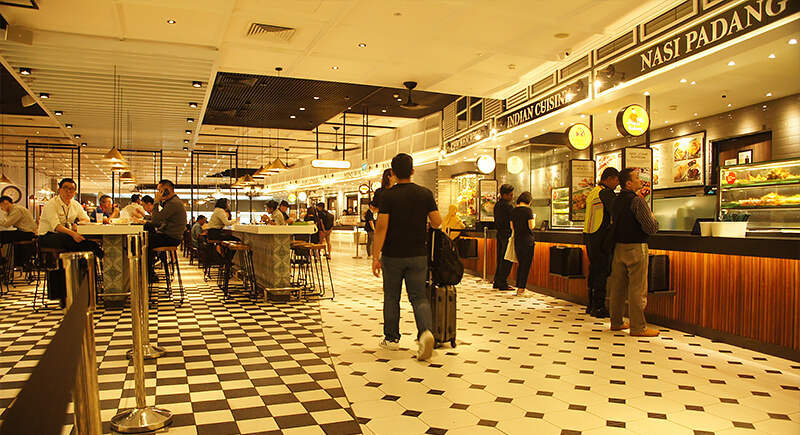
Credit: Wikimedia Commons
Few places mark up food like airports. A basic turkey sandwich can run $20, and bottled water often costs triple its store price. The limited choices past security leave travelers with little power to resist. Operators blame high rents and staffing, but passengers know convenience is the real charge.
Golf Course Homes

Credit: pexels
Homes built along golf courses sell for premiums, even among people who don’t play golf. Realtors say it’s about exclusivity: the manicured lawns, scenic views, and prestige of living on a course. Maintenance fees add up, but buyers see it as a lifestyle choice. Ironically, many owners never set foot on the green. The appeal lies in image and neighborhood cachet, not in hitting a golf ball.
Real Estate Commissions

Credit: Getty Images
Selling a home can mean handing over tens of thousands in commissions, even though most buyers now find listings online. Critics call it an outdated setup protected by habit and lobbying. Yet the system holds, and people keep paying because convenience still costs a percentage in real estate.
Soda
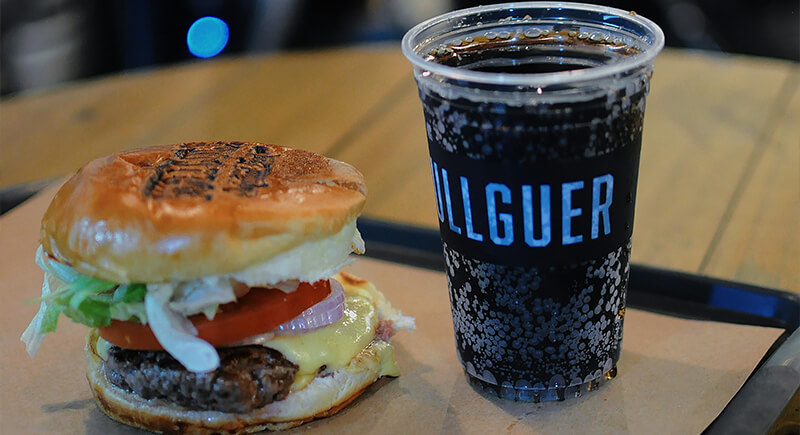
Credit: pexels
It costs pennies to make, but soda now sells for several dollars at restaurants or convenience stores. Prices rose sharply after the pandemic, yet demand barely dropped. Brand loyalty keeps people reaching for Coke or Pepsi, even as water becomes the healthier and cheaper option.
High-End Watches
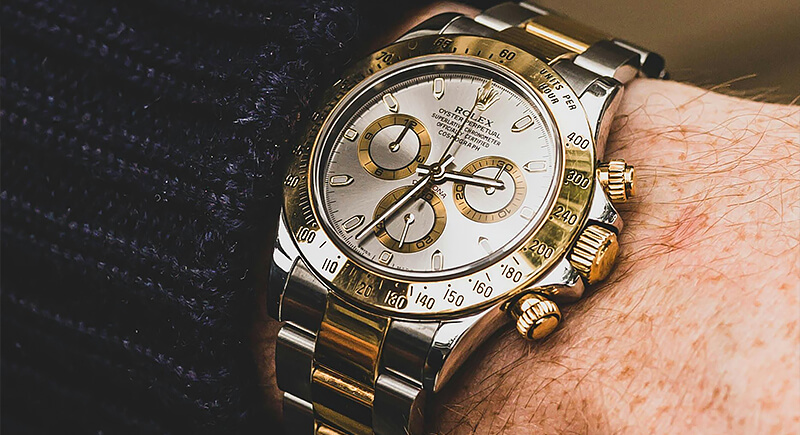
Credit: pexels
Luxury watches from Rolex or Patek Philippe can sell for the price of a car. Functionally, a $200 watch tells time just as well. What buyers really pay for is heritage, scarcity, and the prestige tied to wearing one. Many models even gain value as collectibles. Though smartwatches dominate the market, mechanical timepieces still carry a mystique that keeps demand and prices steadily high.